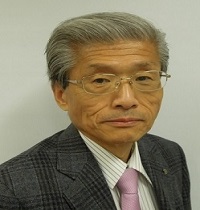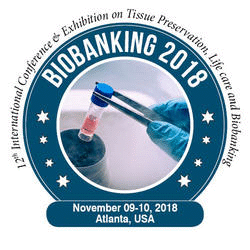
Ken Yaegaki
Nippon Dental University School of Life Dentistry, Japan
Title: Two steps transplantations of hepatocytes produced from human tooth pulp into swine with Cirrhosis
Biography
Biography: Ken Yaegaki
Abstract
We treated the liver cirrhosis by two-step transplantations of hepatocyte produced from the human exfoliated deciduous tooth (SHED) into the swine with cirrhosis. SHED at 3 passage was separated by magnetic sorting with a CD117 antibody. For hepatic differentiation, CD117+ SHED were grown in DMEM supplemented with insulin-transferrin-selenium-x (ITS-x), embryo-tropic-factors(ETF) and hepatocyte-growth-factor (HGF) for 5 days: IMDM supplemented with ITS-x, ETF, HGF, dexamethasone, and oncostatin for another 11 days. F344-Nude rats were employed for this study. Carbon tetrachloride (CCl4) was administrated by intraperitoneal injection for 15 weeks to induce cirrhosis. Hepatocyte-like-cells (2 x 106 cells/ animal) suspended in Hank`s Balanced Salt Solution were transplanted into the spleen. The vehicle was injected into the positive control group. Non-cirrhosis-models were used as a negative control group. Animals were sacrificed 4 weeks after the transplantation. Then 5 weeks later the second transplantation was carried out, then the swine were euthanased. Immunocytochemistry observation of the hepatically differentiated cells strongly demonstrated positive staining for albumin, IGF-1, α-feto-protein, HNF4α, and CPS-1. The histopathological analysis, HE and Masson’s trichrome staining, indicated a significant decrease of fibrous tissue in the transplantation group with comparing to the positive control group. Healthy liver tissues were recovered by the transplantation. Moreover, serological test results revealed significant differences between the groups. Serum ALT levels of the test group dramatically decreased to one third compared to the positive control group. Activities of albumin, bilirubin, BUN, HA levels were also recovered. By only once transplantation albumin value was improved, but two steps showed much better improvement. The two steps transplantations of hepatocyte-like cells from human tooth transplanted into the liver with severe failure demonstrated their capacity to perform positively because of drastic decreasing fibrous tissues. Together, these findings suggested that two-step transplantation is a future potential protocol for treating chronic liver injuries such as cirrhosis.

